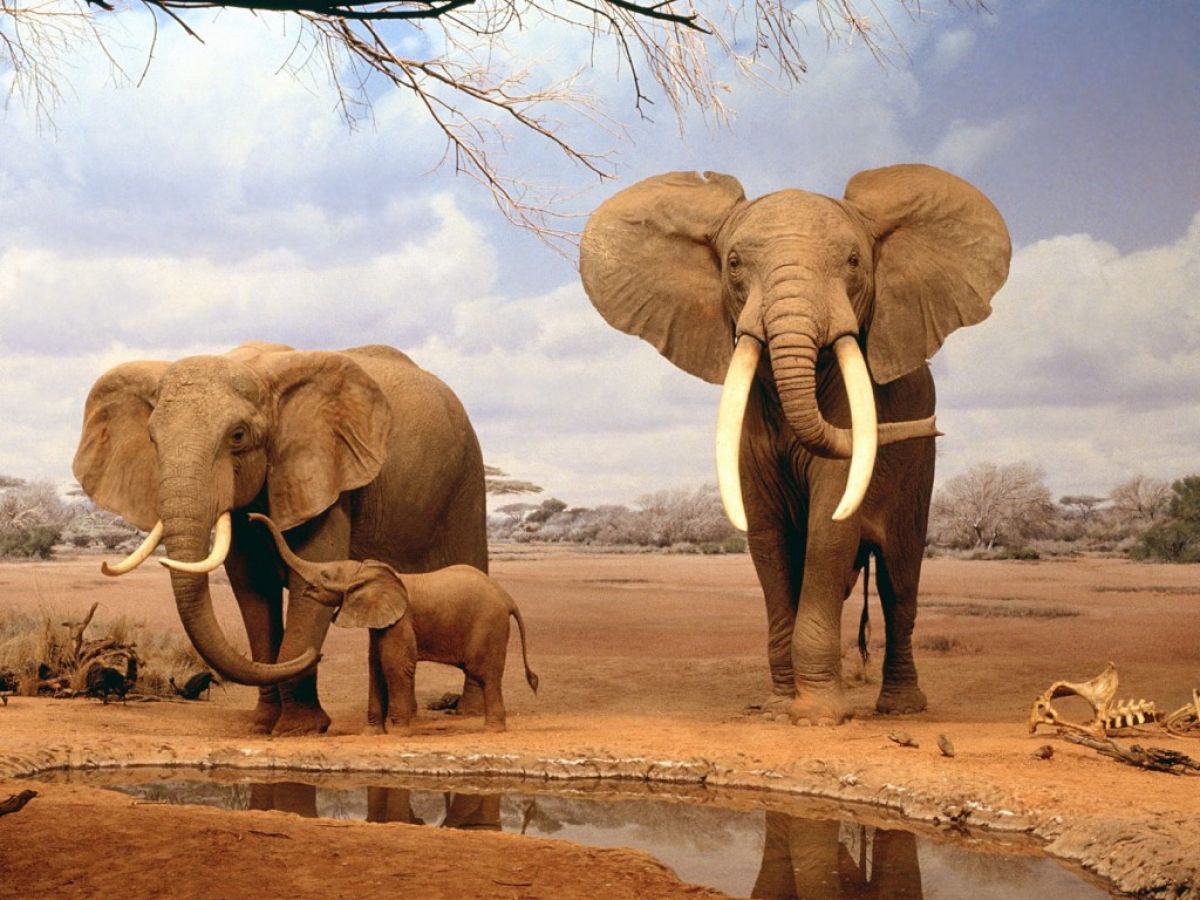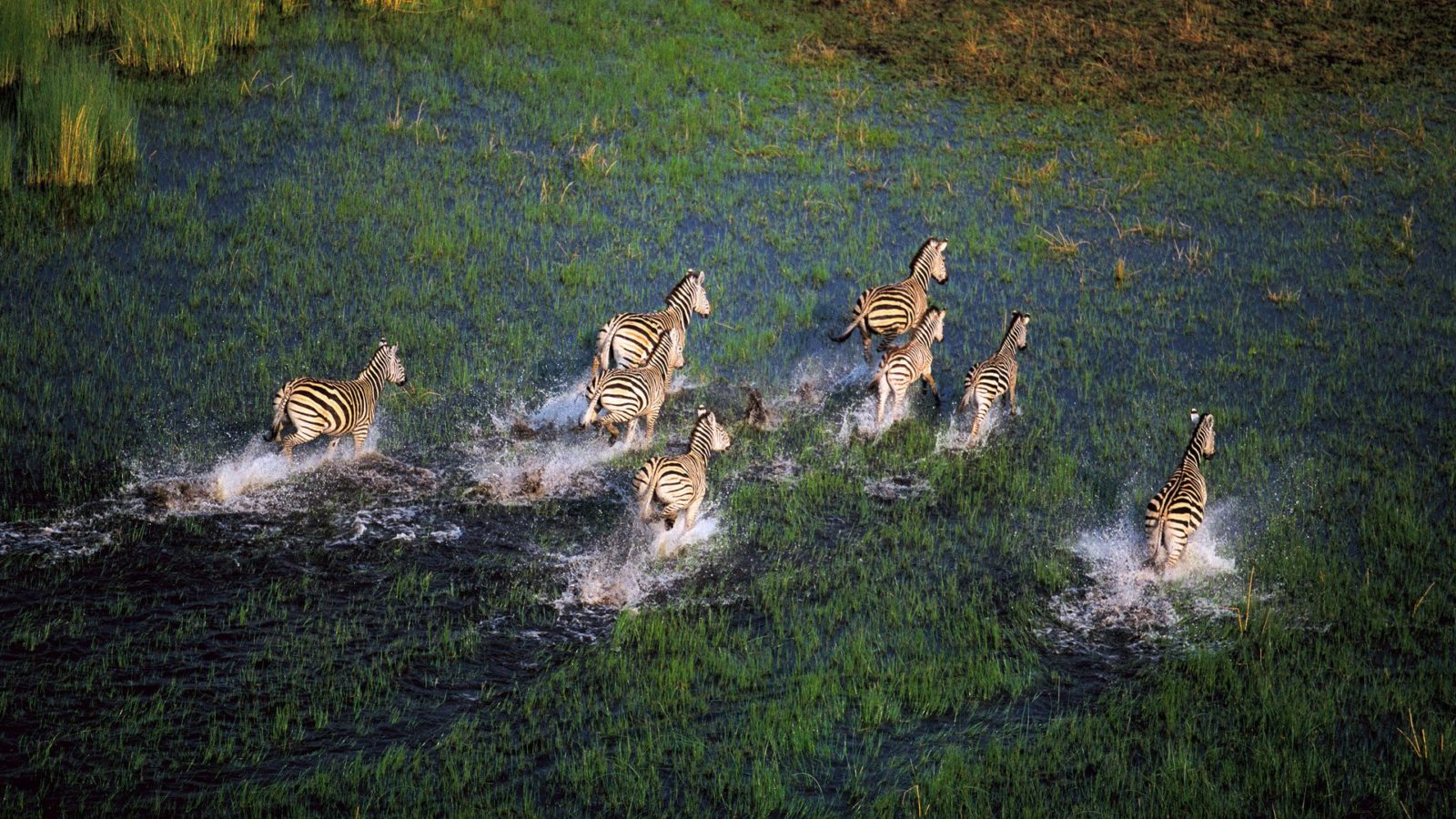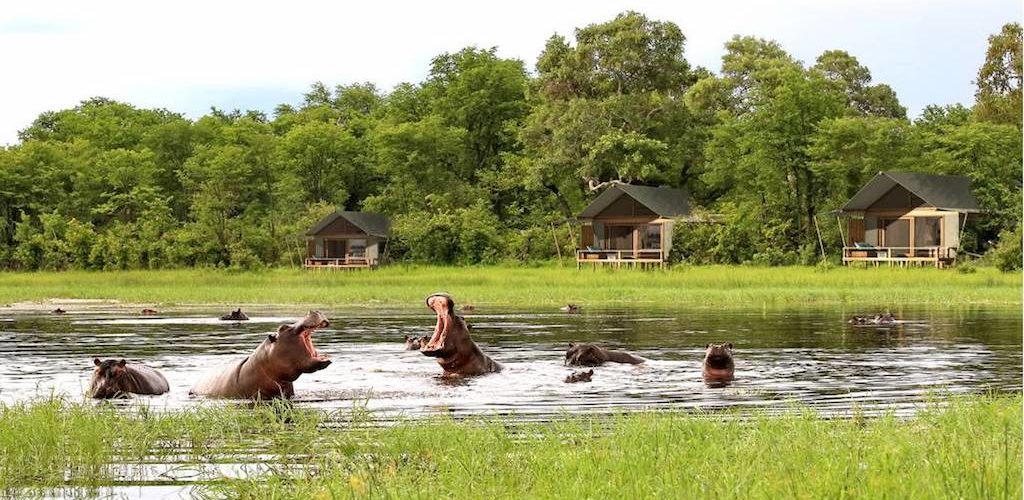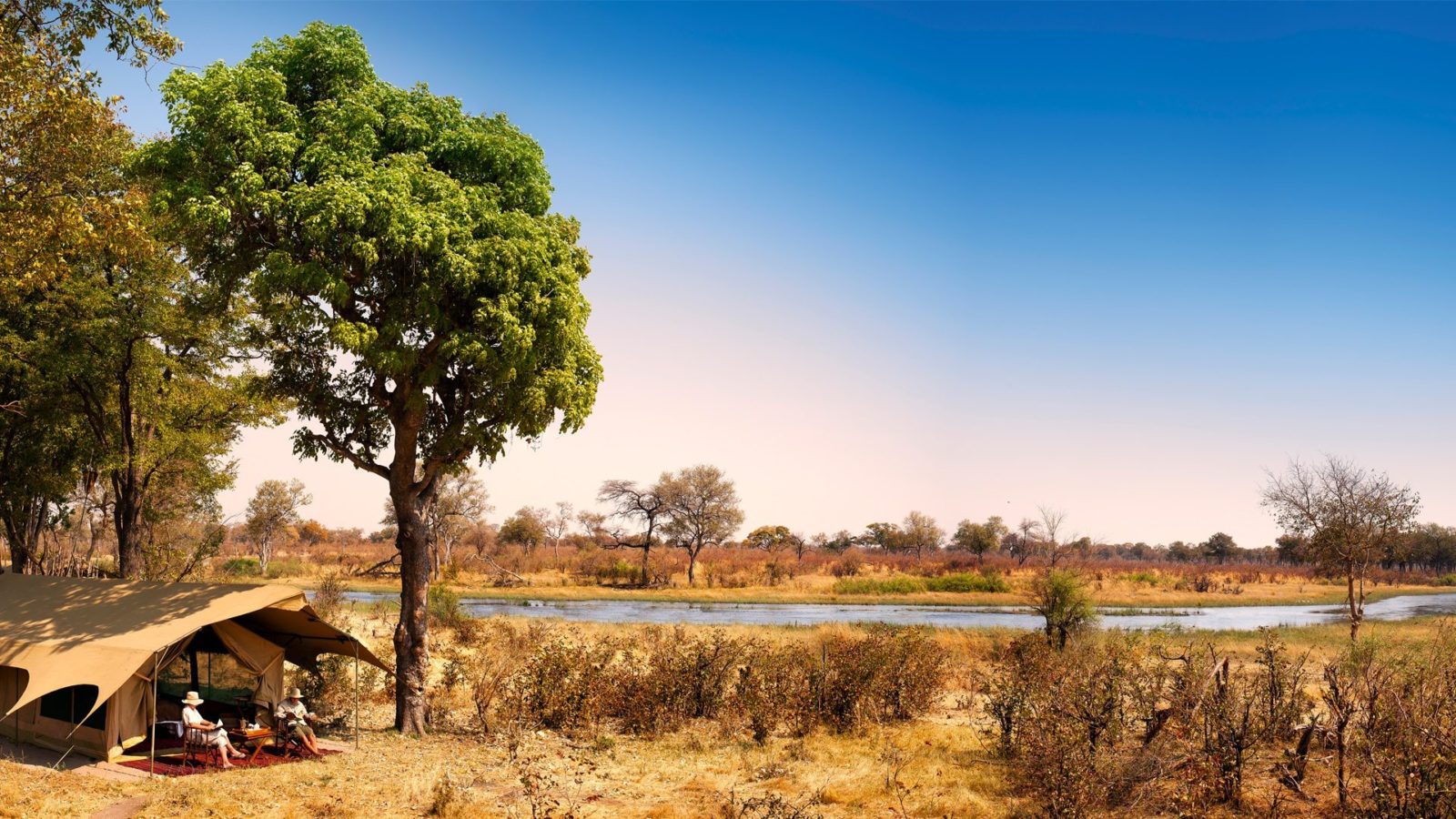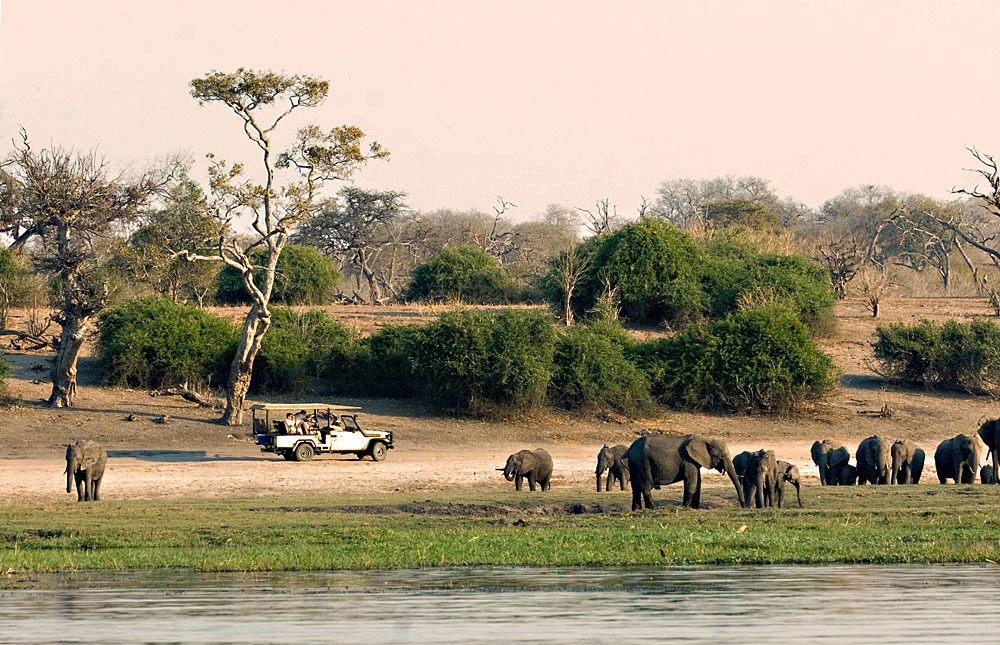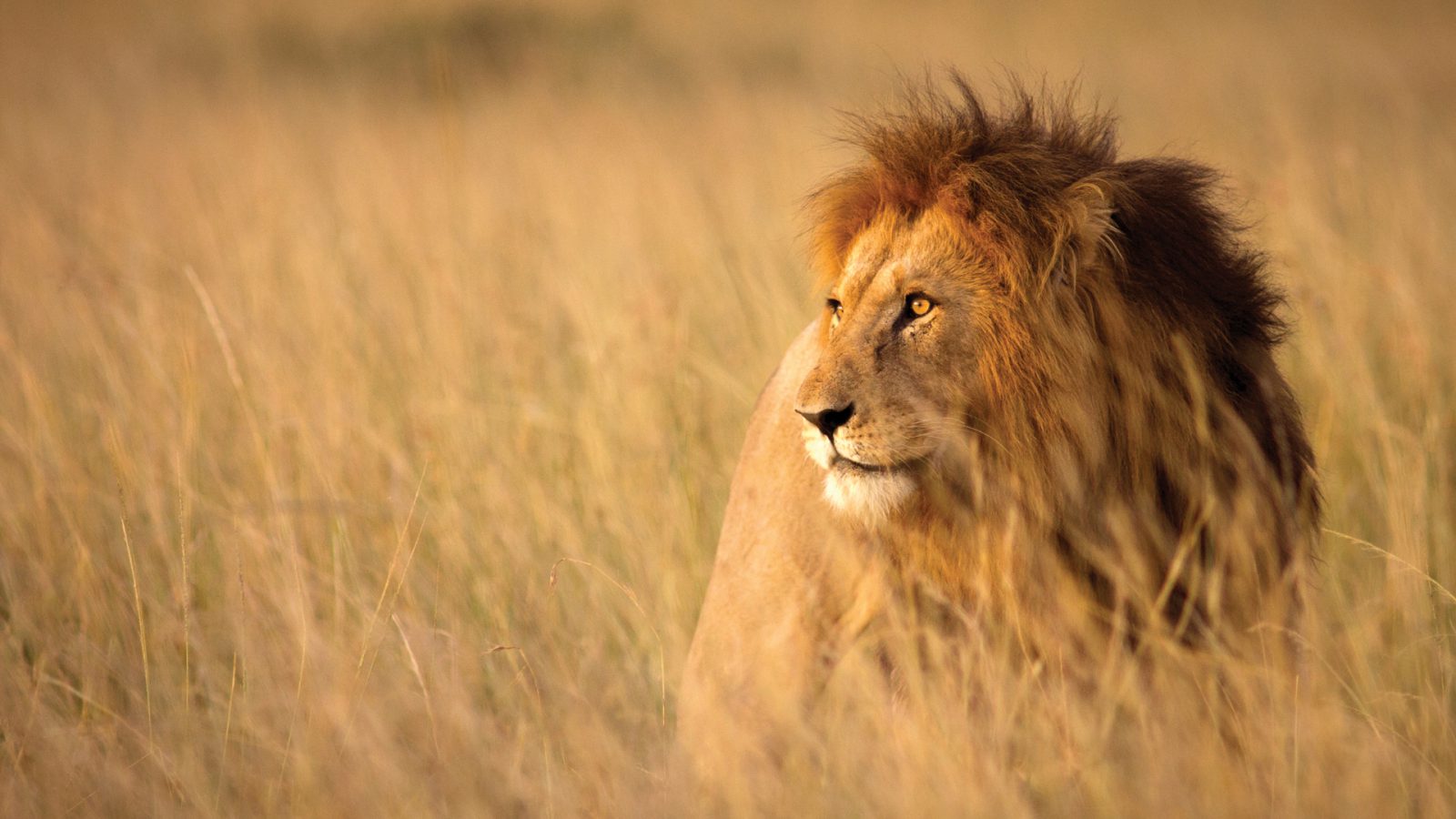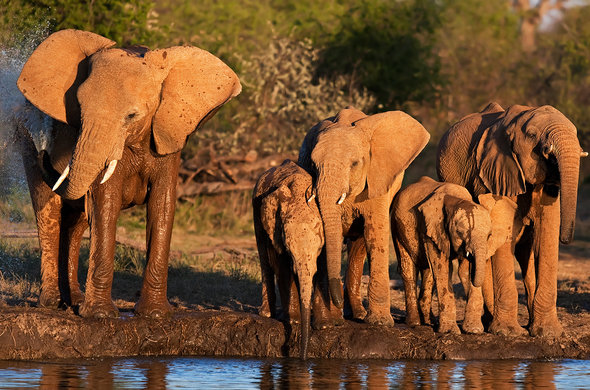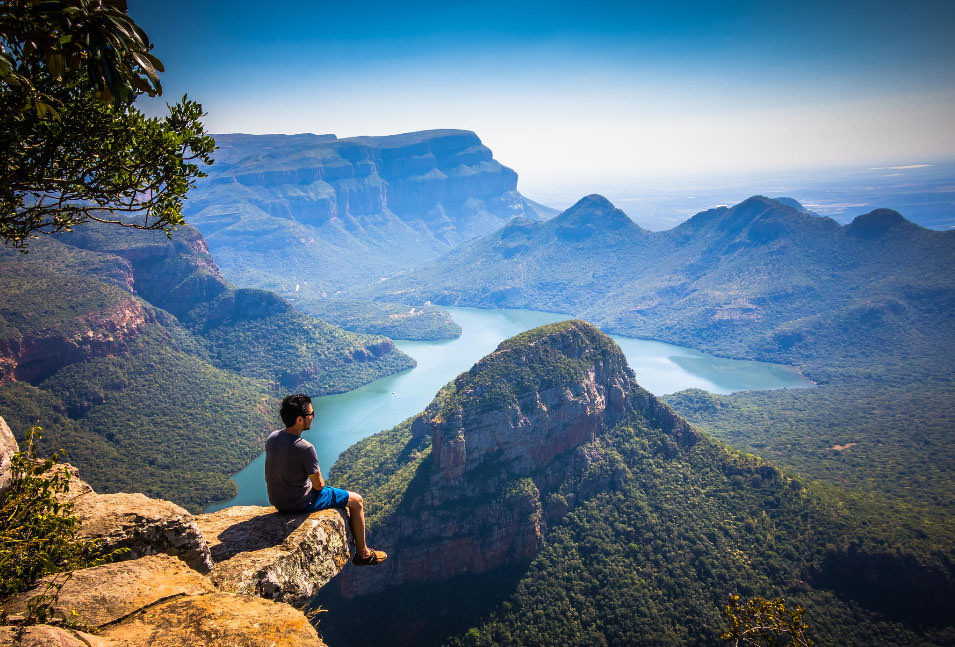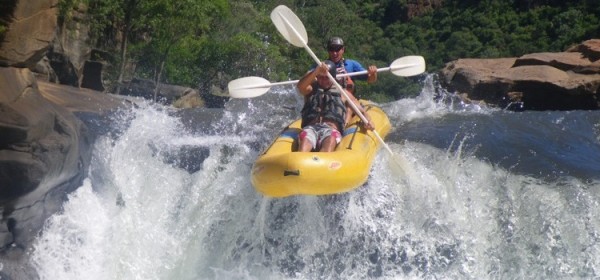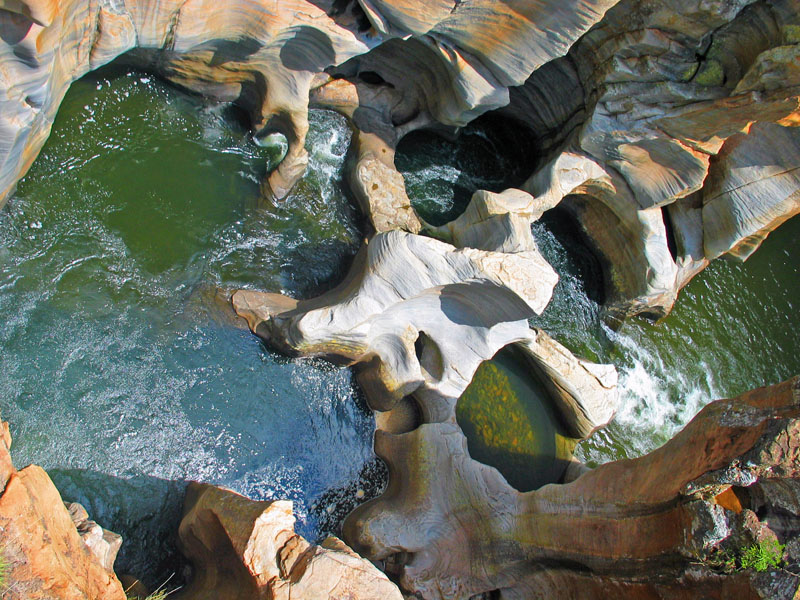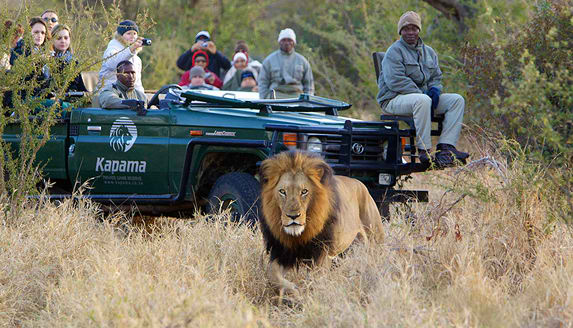Africa, with its expansive savannas, dense forests, and diverse ecosystems, offers avid birdwatchers a paradise unlike any other. Combining the thrill of safari adventures with the serene beauty of birding, this unique experience promises to ignite a passion for both wildlife and conservation. Join me as we delve into the world of birding on safari, exploring the joys, challenges, and unforgettable moments encountered along the way.
The Thrill of the Hunt
Unlike traditional birdwatching outings, birding on safari immerses you in the heart of untamed landscapes, where each new sighting feels like a treasure uncovered. Picture yourself in an open-top safari vehicle, traversing the vast plains of the Serengeti or the Okavango Delta, binoculars in hand, eagerly scanning the horizon for flashes of color and distinctive calls. Every bend in the trail holds the promise of encountering exotic species such as the lilac-breasted roller, African fish eagle, or the majestic martial eagle soaring high above.
A Tapestry of Habitats
One of the most enchanting aspects of birding on safari is the variety of habitats you can explore within a single journey. From lush wetlands teeming with waterfowl to arid deserts where ostriches roam, each ecosystem presents its own unique avian community waiting to be discovered. Guides with specialized knowledge not only locate elusive species but also offer insights into their behavior, migration patterns, and ecological significance, enriching the experience with a deeper understanding of the natural world.
Unforgettable Encounters
Every birder has their own memorable encounters that linger long after the journey ends. Perhaps it’s witnessing a flock of flamingos take flight against the backdrop of a setting sun, or the thrill of spotting a rare endemic species perched stealthily in dense foliage.

These moments not only inspire awe but also foster a profound appreciation for the delicate balance of life within these ecosystems.
Conservation at the Forefront
Participating in birding on safari goes beyond personal enjoyment; it plays a crucial role in wildlife conservation efforts. By supporting sustainable tourism practices and raising awareness about the importance of preserving habitats, birders contribute directly to safeguarding the future of Africa’s avian populations. Through responsible travel and education, we can help ensure that future generations can continue to marvel at the diversity and beauty of these feathered wonders.
Preparing for the Adventure
Before embarking on a birding safari, it’s essential to equip yourself with the right gear: quality binoculars, a reliable field guide, and comfortable clothing suited to the climate. Many lodges and tour operators cater specifically to birders, offering expert-led excursions and accommodations designed to maximize your wildlife viewing experience.
Birding on safari offers a captivating blend of exploration, discovery, and conservation, making it an ideal choice for nature enthusiasts seeking to connect with Africa’s rich biodiversity. Whether you’re a seasoned birder or a novice, the opportunity to witness these extraordinary creatures in their natural habitats is an experience that promises to leave a lasting impression. So, pack your binoculars and sense of adventure—Africa’s avian wonders await!
As the sun sets over the savanna, leaving behind hues of orange and gold, take a moment to reflect on the privilege of witnessing nature’s spectacle firsthand. In the realm of birding on safari, every journey is a testament to the remarkable beauty and resilience of the natural world—a legacy worth protecting for generations to come.


